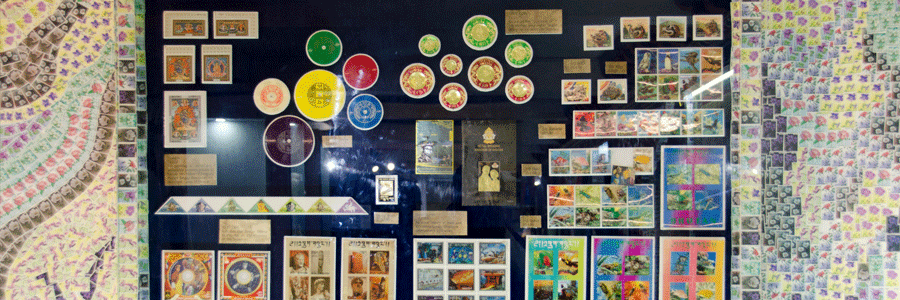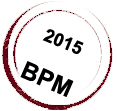
Current Exhibits
Repositionable gallery
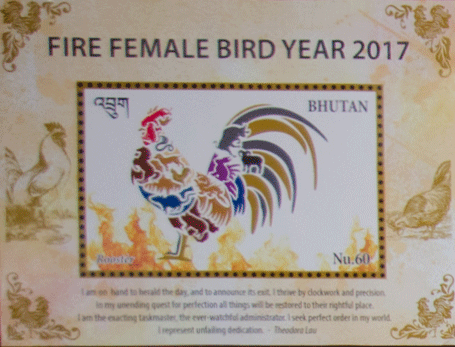 The Bhutan Postal Museum opens with the first gallery, and it is called as the ‘Repositioned Gallery.’ The first gallery is the repositionable gallery, and the displays in this gallery changes with the national events that are seen in the nation. Despite the museum being adamantly new, which was opened in November 2015, the gallery had displayed many special photos and stamp designs.
The Bhutan Postal Museum opens with the first gallery, and it is called as the ‘Repositioned Gallery.’ The first gallery is the repositionable gallery, and the displays in this gallery changes with the national events that are seen in the nation. Despite the museum being adamantly new, which was opened in November 2015, the gallery had displayed many special photos and stamp designs.
Pre-postal era
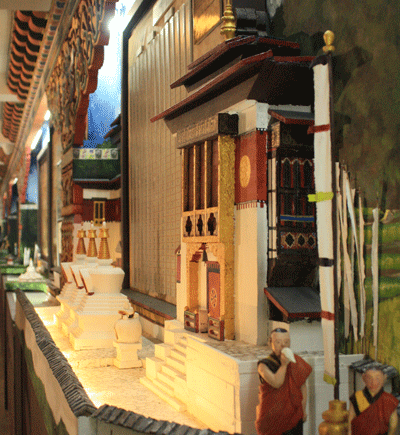
Gallery II showcases the pre – postal era and tells stories of how communication happened between the Kings and its subjects, between officialdom and how communities from one region communicated with those from other regions. The gallery opens with the beautiful poetic ballad of the legendary mail runner, ‘Garp Lungi Khorlo.’
This gallery also displays the significance of smoke signals, Bhutanese calligraphy and some of the legendary mail runner. Evolution of currencies dating back from the age of Barter system to the coin culture to the paper notes are also displayed in the cabinet of this gallery.
Modern Postal system
 Gallery III focuses on the advent of postal system in the country and how it changed over time. It simultaneously focuses on telegraphy, wireless and telephones and their evolution to modern times of Internet and smart phones.
Gallery III focuses on the advent of postal system in the country and how it changed over time. It simultaneously focuses on telegraphy, wireless and telephones and their evolution to modern times of Internet and smart phones.
Birth of the modern postal system
The modern postal network in Bhutan started in 1962 with the opening of the first post office in Phuentsholing. Two post offices were established later in the same year, one each in Thimphu and Paro. The Department of Posts and Telegraphs then set up post offices in different parts of the country. In the same year, Bhutan issued the first set of stamps to use as domestic and international postage in seven different denominations.
The postal services began with letters, postcards, and parcels transported through porters, mules and automobiles. International mail was exchanged only with India. Bhutan became a member of the Universal Postal Union (UPU) in March 1969, making its first appearance at an international postal gathering. In February 1982, Bhutan became a member of the Asian Pacific Postal Union (APPU).
Wangchuck Dynasty
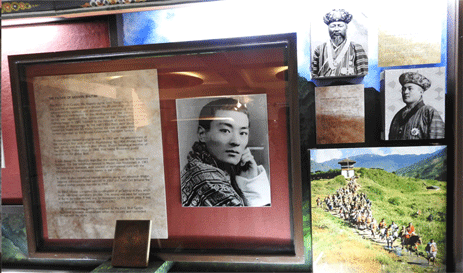 On December 17, 1907, the people of Bhutan vested in the Wangchuck dynasty the mandate to rule. Since then, the Bhutanese family has been coming together every year, on December 17, to celebrate Bhutan’s wonderful journey through a century under the reign of five successive Monarchs.
On December 17, 1907, the people of Bhutan vested in the Wangchuck dynasty the mandate to rule. Since then, the Bhutanese family has been coming together every year, on December 17, to celebrate Bhutan’s wonderful journey through a century under the reign of five successive Monarchs.
With every succession, through five generations, Bhutan was a new nation in new times. As His Majesty the King conveyed to the people during his first national address on December 17, 2006, Bhutan’s success in moving forward has always been and must always be drawn from the strength of past values and traditions.
During this period the Bhutanese people learnt that, ultimately, governance and succession is aimed at benefitting the people and the Druk Gyalpo is the custodian of the interests of the common people. Zhung da mitshe is not a temporary arrangement but a sacred system and the Bhutanese people, whether they live in the pastureland’s of the north, the modern cities, or the sub tropical borders of the south have always looked to the Throne for guidance and leadership.
It was a powerfully poignant moment when His Majesty the fourth Druk Gyalpo formally announced that the sacred authority exercised by the successive Monarchs who built the unique nation that exists today was to be granted back to the people. At the same time, by handing over the responsibilities of state to his son and heir, Jigme Khesar Namgyel Wangchuck, His Majesty ensured that Bhutan will continue to be a land blessed with great leaders.
For 100 years, the Monarchs of Bhutan personified enlightened leadership and profound wisdom. Yet, if December 17, 2007, brought a precious century of Bhutanese history to a climactic end, it promises to be the start of another special period of our experience as a nation.
His Majesty King Jigme Khesar Namgyel Wangchuck personifies the future of the nation, a future that will not remain an esoteric phrase but one that will be a reality.
Stamps of Bhutan
This is the last gallery of the museum. It is the most beautiful gallery featuring the rare thematic stamps. The gallery shares the story of stamp culture in Bhutan, the role stamps played in the history of Bhutan and the journey of stamp making culture.
Bhutan introduced postage stamps in 1962. Many of them were the world’s firsts, like the first scented stamps, the first steel foil stamps, the first talking stamps, the first three-dimensional (3-D) stamps, and the first silk stamps.
Issued on 15 April 1973, the Phonograph Records self- adhesive set, could be played at 33 RPM on any record player, and would give the listener a flavour of the Bhutanese culture, language and history. It was described as “another unique, revolutionary and progressive first for Bhutan.”
In 1967 the world’s first three dimensional postage stamps, depicting man’s conquest of space, was released in Phuntsholing. Bhutan’s first 12 postage stamps on hair-thin 0.001 inch steel foil in vivid colours highlighting scenes of steel making over a 5,000-year history commemorated the country’s economic development.
The Royal Government of Bhutan saw stamps as “little ambassadors of our country”. At a time when the country was mostly closed to the outside world, Bhutan’s innovative stamps gave a global face to the kingdom and provided revenue in particular foreign exchange.
